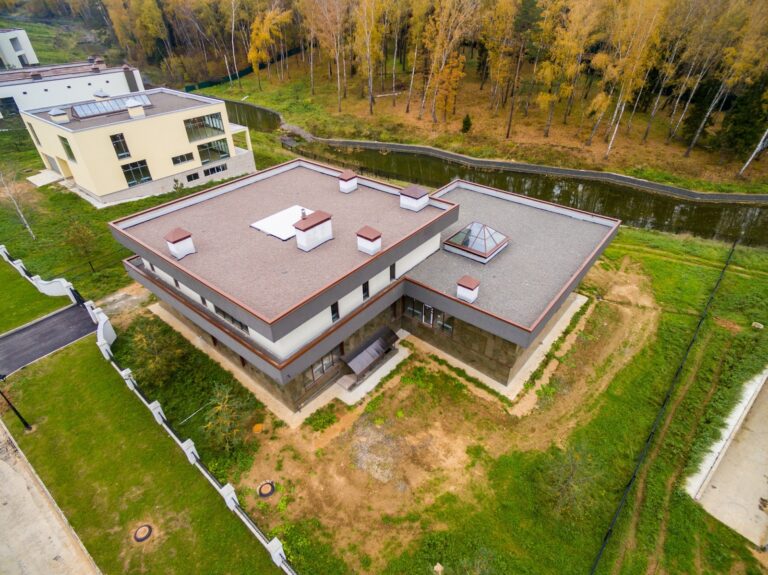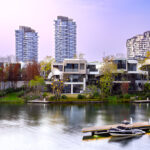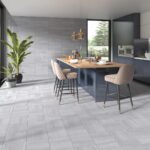Brownsburg, Indiana, is a growing town known for its vibrant community and expanding business district. With an increasing number of commercial buildings, property owners in Brownsburg are always looking for roofing solutions that combine durability, cost-efficiency, and functionality.
When it comes to commercial roofing, flat roofing systems have become a popular choice for many local businesses. For expert advice and installation, a trusted roofer in Brownsburg can help ensure your commercial roof meets your needs perfectly.
Flat roofing systems offer several advantages for commercial buildings, making them a smart investment. Here’s why many business owners prefer flat roofs and what benefits they bring to your property.
Menu list
1. Cost-Effective Installation and Maintenance
Flat roofs are generally easier and faster to install compared to traditional pitched roofs. The simpler design requires fewer materials and less labor, which can translate to lower upfront costs. Additionally, because of their accessibility, flat roofs are easier to inspect and maintain. Repairs or routine maintenance like cleaning drains or resealing can be done more safely and efficiently on a flat surface.
2. Efficient Use of Space
One of the biggest benefits of flat roofing systems is the extra usable space they provide. Commercial buildings can utilize the rooftop for a variety of purposes, such as installing HVAC units, solar panels, or creating rooftop gardens and seating areas. This added space can improve the functionality of your building without taking up valuable ground area.
3. Modern Aesthetic Appeal
Flat roofs offer a sleek, contemporary look that many modern commercial buildings favor. Their clean lines and minimalist design contribute to an updated appearance, which can positively influence customer impressions and attract tenants or clients.
4. Enhanced Energy Efficiency
Flat roofs can be designed to improve a building’s energy efficiency. Many flat roofing materials have reflective properties that help reduce heat absorption, keeping the building cooler in the summer months and lowering air conditioning costs. Some flat roofs also support green roofing options, which add an insulating layer of vegetation to improve energy performance further.
5. Versatility of Materials
Flat roofing systems can be constructed using various materials like TPO (thermoplastic olefin), EPDM (ethylene propylene diene monomer), modified bitumen, and PVC. This variety allows building owners to select materials that best suit their budget, climate, and maintenance preferences. A knowledgeable roofer can recommend the best option for your commercial building.
6. Durability and Weather Resistance
Despite their name, flat roofs aren’t completely flat—they have a slight slope to ensure proper drainage. When installed correctly, flat roofs can resist harsh weather conditions, including heavy rain and wind. Modern flat roofing materials are designed to be durable, waterproof, and resistant to UV damage, helping protect your commercial property for years.
Key Takeaways:
- Flat roofing systems are cost-effective, with simpler installation and easier maintenance.
- They provide valuable rooftop space for HVAC units, solar panels, or recreational areas.
- Flat roofs contribute to a modern aesthetic and can boost your building’s curb appeal.
- Energy-efficient materials help reduce cooling costs and environmental impact.
- Versatile material options allow for customization based on building needs and budgets.
- Properly installed flat roofs offer strong durability and weather resistance.





